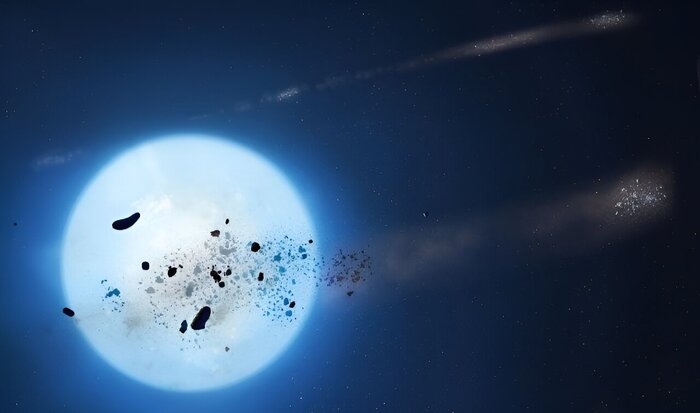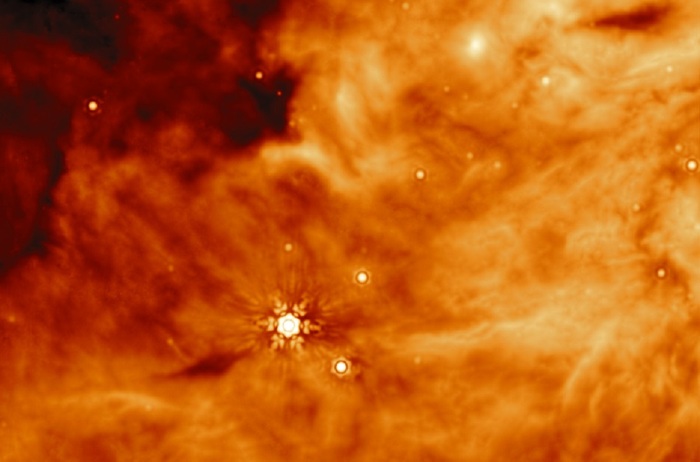Garching astronomers make a breakthrough - traces of over 1,000 asteroids discovered
Created: 05/08/2022, 14:21
By: Kai Hartwig
This overlay of Hubble Space Telescope images shows the trajectories of several asteroids (white lines).
© dpa/NASA/ESA/B.
Sunnquist/J.
mack
The universe has not yet been fully explored.
Researchers at the Max Planck Institute for Extraterrestrial Physics have now discovered more than 1,000 new asteroids.
Garching - In the endless expanses of space there are still many unexplored secrets.
Researchers at the Max Planck Institute for Extraterrestrial Physics (MPE) based in Garching have now made a discovery.
The astronomers identified more than 1,000 tracks in space.
And these probably come from previously unknown asteroids.
In the course of their research, the scientists looked at the archive data from the Hubble Space Telescope, which recently also brought new insights into a "hot Jupiter".
The corresponding materials from the past 20 years brought the breakthrough, the institute announced.
Surname: | Hubble Space Telescope |
namesake: | Edwin Hubble (US astronomer) |
Height Weight: | 13.1 meters long - 4.3 meters in diameter / heavy 11,600 kilos |
Installation: | April 24, 1990 |
Operator: | NASA/ESA |
Over 1,000 possible asteroids discovered - Garching researchers are happy about data "treasure"
With the knowledge gained, the researchers hope to get a more precise picture of the conditions in the early solar system.
For their scientific work, the Garching astronomers dealt with data that often receives little attention as noise or interference.
"What is just rubbish for one astronomer can be a treasure for another astronomer," said Sandor Kruk, head of the asteroid study, explaining his team's approach.
And that was true detective work - with the support of artificial intelligence and volunteers.
In a first step, almost 11,500 amateur scientists helped identify indications of asteroids in the approximately 37,000 images.
The scientists then connected the result to a machine learning algorithm.
This made the further search in the remaining archive data more precise and thus easier.
Ultimately, according to the MPE, 1701 relevant traces were identified in the final data set.
About a third of these could be assigned to already known asteroids.
The 1031 tracks that have not yet been assigned will now be examined more closely.
Asteroid researchers hope for more insights into "birth of our planets"
The research team assumes that the original objects of these traces are smaller than typical asteroids.
The latter can also be spotted from the ground.
However, the objects have a very similar speed and distribution in the sky as those in the so-called asteroid belt.
"Asteroids are leftovers from the formation of our solar system," said study leader Kruk.
"Through them we can learn more about the conditions at the birth of our planets."
The MPE scientists stated that as of December 10, 2021, more than 1.1 million comets and asteroids in our solar system have been registered by the Minor Planet Center.
The organization collects data on supposedly newly discovered minor planets and comets worldwide.
These are then evaluated and published.
Meanwhile, researchers recently discovered a "spooky" space object near Earth.
(kh)




/cloudfront-eu-central-1.images.arcpublishing.com/prisa/TQ73US57UFGWTIXR7C3BS2OTIA.jpg)



